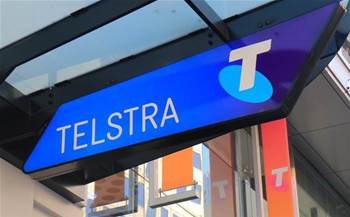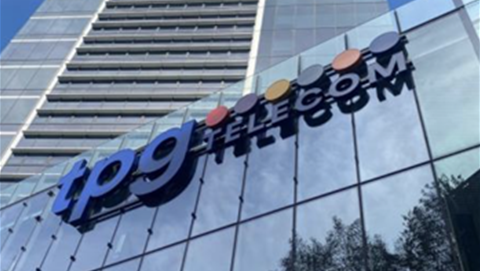Two years later than it first hoped, Telstra is now hailing the arrival of consumer devices that can use the 5G network slicing technology it deployed in 2020.
When it first announced Telstra 5G Standalone, the carrier anticipated devices would “become available from late 2020”.
The first devices the carrier named in a Telstra Exchange post today are the Samsung Galaxy S22, S22+ or S22 Ultra smartphone purchased from Telstra and running Android 13 firmware.
5G Standalone refers to an all-5G network architecture, rather than running a 5G radio access network over a 4G core.
The single architecture, deployed in conjunction with Ericsson, supports network slicing – allowing network provisioning to be specific to each user, if necessary.
The network slicing protocols, Telstra explained, require 5G end-to-end to function.
Network orchestration “allows for new customised service ‘slices’ to be stood up in minutes rather than days or weeks,” Telstra said.
“5G Standalone isn’t necessarily about any one network metric (like speed or latency) as much as the overall experience,” Telstra explained in the post.
“It allows one customer that wants ultra-high bandwidth for their services to access this, and another who needs low latency to access that – while also providing the latest improvements in both security and reliability.”
With an eye to enterprise applications, Telstra noted that 5G Standalone supports “new and emerging enterprise and industrial digitisation use cases.
“Additionally, this technology increases our capabilities in automation, security and resiliency,” Telstra said.



.jpg&h=140&w=231&c=1&s=0)






















